
DAR ES SALAAM, Tanzania (AP) — Everywhere he went in Africa, President Barack Obama was competing with history.
There was the heroic leadership of former South African President Nelson Mandela, whose deteriorating health has captured the world’s attention; the legacy in Africa of Obama’s predecessor, George W. Bush, who created a widely praised program to fight HIV and AIDS on the continent; and the history surrounding Obama himself, America’s first black president and the son of a Kenyan man.
Against that backdrop, the initiatives Obama promoted on food security, improved health care and expanded access to electricity appeared to pale in comparison.
The president at times seemed to be trying to will the traveling press corps and the American public back home to grasp the importance of the ventures. He took jabs at the U.S. media for covering only poverty or war in Africa and made a rare on-the-record appearance before reporters on Air Force One to give an extra boost to his program for reducing hunger.
“I know that millet and maize and fertilizer doesn’t always make for sexy copy,” Obama said during an event in Dakar, Senegal, last week. “If the American people knew the kind of work that was being done as a consequence of their generosity and their efforts, I think they’d be really proud.”
The president’s frustration underscored the challenges he faced during his three-country trip, which wrapped up Tuesday in Tanzania. While his Africa policies have the potential to improve the lives of millions of people on the continent, he lacks a signature initiative like Bush’s anti-AIDS program, the President’s Emergency Plan for AIDS Relief or PEPFAR. But with deep family ties to the continent and inevitable comparisons to Mandela’s racial barrier-breaking, the expectations for him among Africans remain exceedingly high.
“Your success is our success. Your failure, whether you like it or not, is our failure,” Archbishop Desmond Tutu told Obama during his weekend stop in South Africa.
Perhaps resigned to those high expectations and historic comparisons, Obama at times embraced them during his most significant travel to Africa since taking office. His previous visit was to Ghana in 2009.
Despite his policy differences with Bush, Obama repeatedly praised the former president’s work combating HIV and AIDS, while also reminding audiences that his administration has increased the number of people benefitting from the PEPFAR program. During a news conference in Tanzania, Obama said Bush deserved “enormous credit” for saving lives in Africa and called PEPFAR one of the former president’s “crowning achievements.”
And when a scheduling coincidence put both Obama and Bush in Dar es Salaam on Tuesday for separate trips, the two leaders made a rare joint appearance on foreign soil, laying a wreath at a memorial for victims of the 1998 U.S. Embassy bombing in Tanzania.
Similarly, Obama made Mandela’s legacy a central part of his visit to South Africa, the country the anti-apartheid hero led out of decades of white racist rule. The president made an emotional visit to
Robben Island, the prison where Mandela spent 18 of his 27 years in captivity, and met privately with the ailing 94-year-old’s family.
Obama also made fulfilling Mandela’s vision of equality and opportunity for Africa a central theme of the trip’s keynote speech at the University of Cape Town. And he tried to cast his own development agenda in Africa as part of fulfilling that legacy.
The president’s initiatives, though not always splashy or headline-grabbing, have resulted in significant improvements in the lives of many people in sub-Saharan Africa, according to Obama administration figures.
The “Feed the Future” anti-hunger program that began in 2010 has $3.5 billion in investments from the U.S. and has helped more than three million people in Africa increase their food production. Tweaks to Bush’s PEPFAR program have resulted in three times more Africans gaining access to life-saving drugs to combat HIV and AIDS, bringing the total number to 5.1 million last year. There’s also been a 16 percent drop in childhood mortality since 2008 among 24 high-priority countries receiving U.S. assistance.
Obama also announced during the trip an ambitious new venture, dubbed “Power Africa,” aimed at doubling access to electricity in sub-Saharan Africa, a goal officials said could be achieved in about a decade. The U.S. is making an initial $7 billion commitment, with an additional $9 billion lined up from private companies.
In an effort to try to shore up the sustainability of the programs, Obama focused on pressing African leaders to make government reforms and stem corruption. It’s a component of his Africa policy inspired in part by his father, who returned to Kenya when Obama was a young child, only to butt heads with higher-ranking government officials over patronage schemes that eventually cost him his job.
Taken together, Obama’s advisers see his Africa policy as one that will ultimately secure his own legacy on the continent — one that extends beyond his family ties.
On the personal side, Obama’s visit to Segenal took in Goree Island, where he toured a slave house and gazed out at the Atlantic Ocean through what’s known as the Door of No Return. It’s the point from which Africans were said to have been shipped to the Americas into slavery.
Obama said the tour helped him, and the family members who accompanied him, to “fully appreciate the magnitude of the slave trade.” He was joined on the tour by First Lady Michelle Obama, daughters Malia and Sasha, his mother-in-law, Marian Robinson, and a niece, Leslie Robinson.

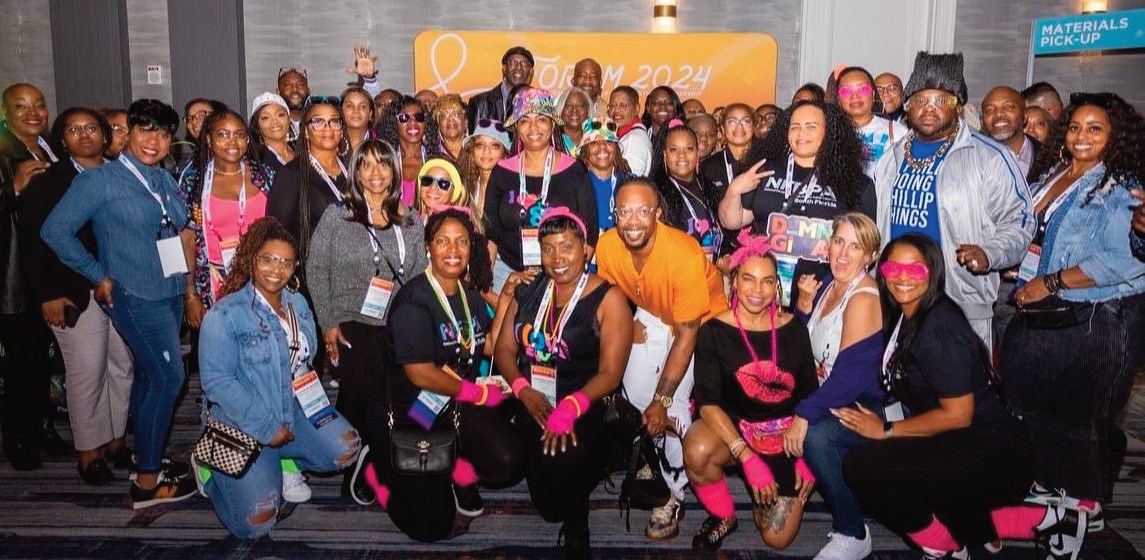
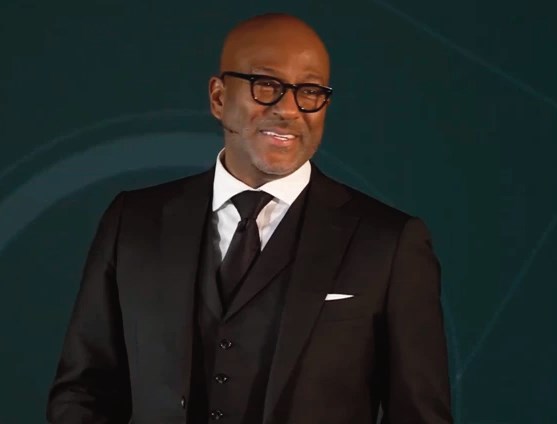
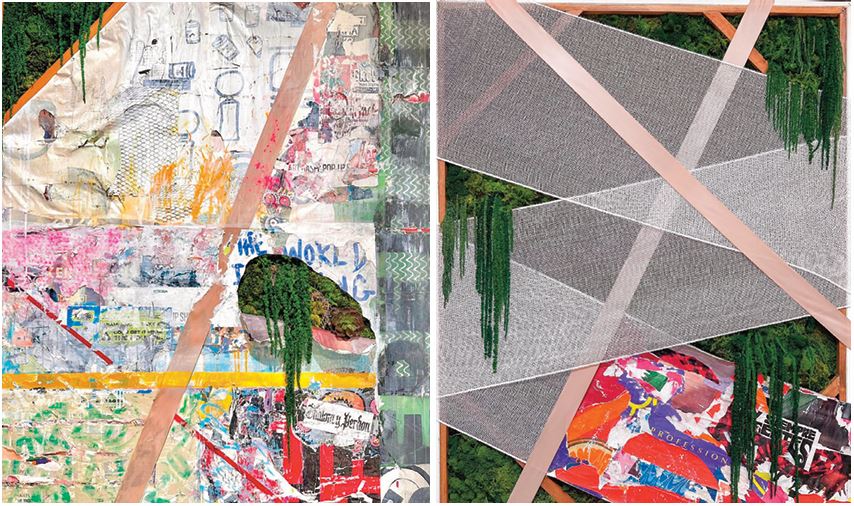



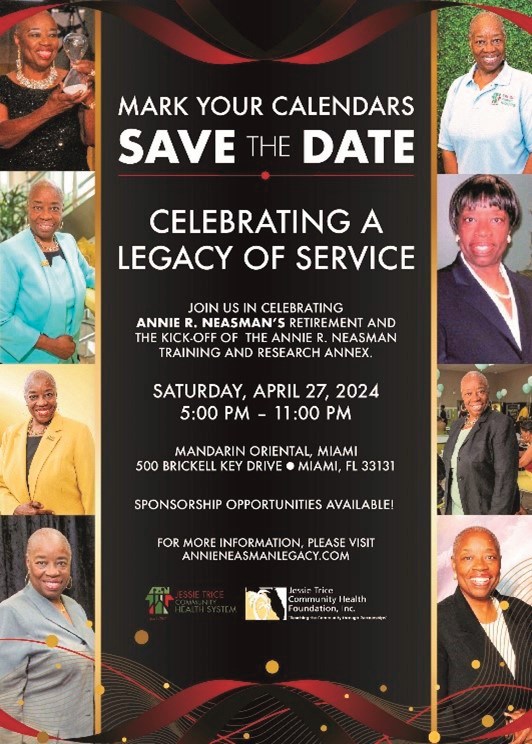
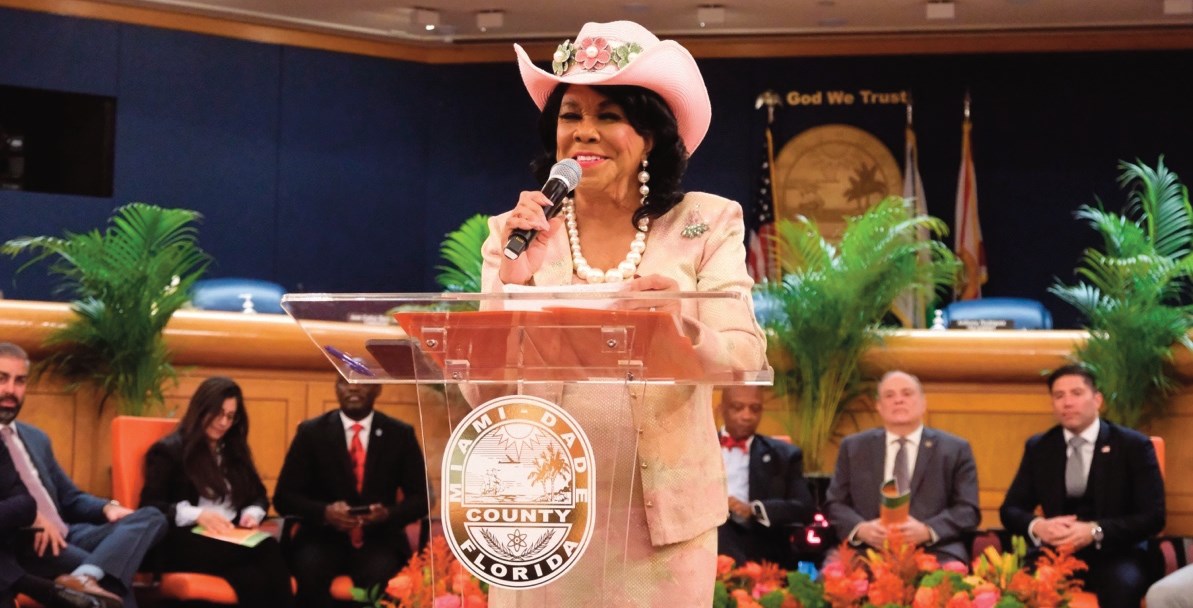



No Comment